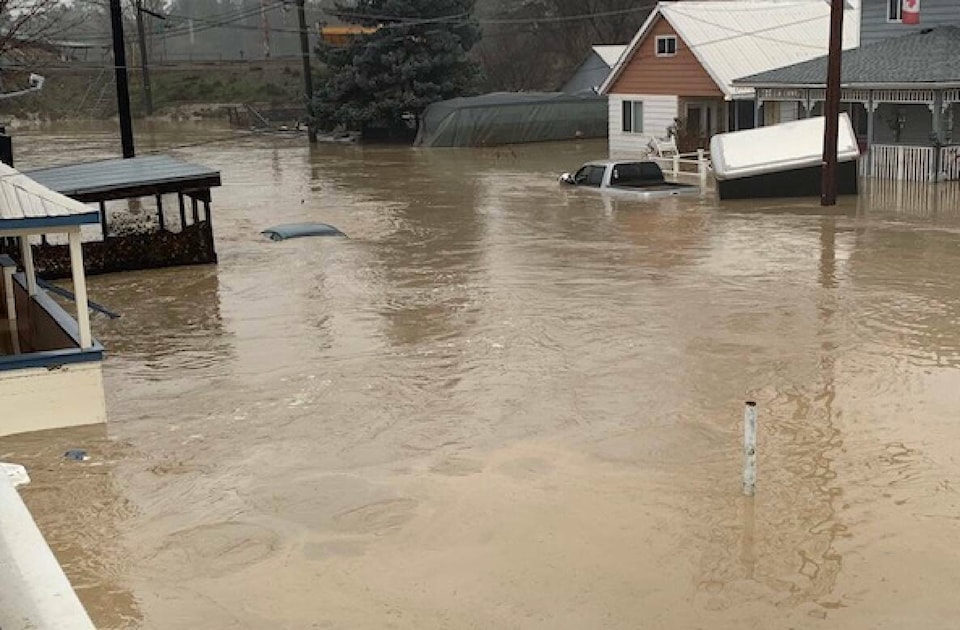Between $100 and $500 million – that is the bill Princeton Mayor Spencer Coyne told the federal government the community’s dikes will cost to be ready for future atmospheric river flooding.
Coyne and Merritt Mayor Michael Goetz were invited to speak to the federal government’s Standing Committee on Transport, Infrastructure and Communities by Central Okanagan-Similkameen-Nicola MP Dan Albas on Thursday, May 4.
Neither mayor wasted time or made light of the situations their communities had found themselves in following the disastrous flooding of 2021.
“The threat from climate events is real and in my community, we have climate refugees right now in temporary housing,” Coyne said.
“We had to evacuate one-third of our population. I know we’re not as big as some communities, but one-third of our population also represents one-third of our most vulnerable individuals because they were in our lower-income areas.
“They are the oldest parts of our community. They are parts of the community that were built 160 years ago beside the river.
“We need assistance and we need help, because we don’t have the means to do this alone.”
Coyne said while the estimate for Princeton’s dike system upgrade to be fully ready would cost anywhere from $100 to $500 million, the community’s taxation only gathers $4 million, and the town recently finished a $350,000 flood study.
The mayor of Princeton called for the federal government to step in and create a national flood mitigation strategy that also includes funding for recovery based on communities most impacted.
In response to a question as to who would face the consequences if flood mitigation is not dealt with by the provincial and federal governments, Coyne named every community in the valley.
“Just in the Similkameen alone we start up in Tulameen, Princeton, Rural Hedley, Keremeos, Cawston, the Upper Similkameen Indian Band, Lower Similkameen Indian Band and East Gate,” said Coyne. “We have a number of different communities, we have miles and miles of orphan dikes that make our diking systems pretty much useless.”
The impact of the atmospheric rivers of 2021 and the potential for future, worse such climate events was also made clear when asked what the short-term and long-term issues facing Princeton were.
“The next big move is the diking system and we need to make it for future atmospheric rivers,” said Coyne.
“We’re no longer planning on a 200-year scale, we’re planning on a 500-year scale.”
To report a typo, email: editor@pentictonwesternnews.com.
<>Don’t miss a single story and get them delivered directly to your inbox. Sign up today for the Penticton Western News Newsletter.
<>@PentictonNews
newstips@pentictonwesternnews.com
Like us on Facebook and follow us on Twitter.
